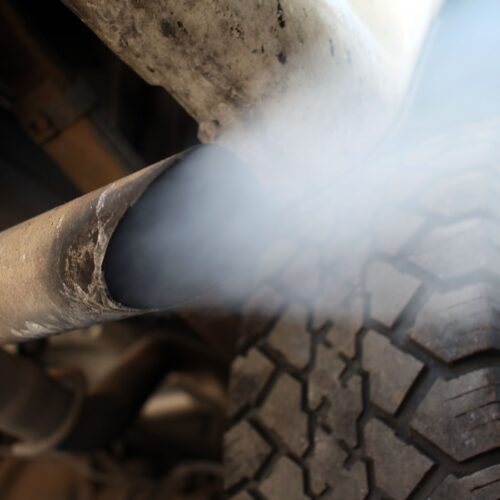California can ban new gas cars starting in 2035, EPA says
California’s phase out would begin in 2026, when the state will require 35% of automakers’ sales to be zero emissions vehicles.
© 2024 TechCrunch. All rights reserved. For personal use only.
California’s phase out would begin in 2026, when the state will require 35% of automakers’ sales to be zero emissions vehicles.
© 2024 TechCrunch. All rights reserved. For personal use only.
Editors of the environmental chemistry journal Chemosphere have posted an eye-catching correction to a study reporting toxic flame retardants from electronics wind up in some household products made of black plastic, including kitchen utensils. The study sparked a flurry of media reports a few weeks ago that urgently implored people to ditch their kitchen spatulas and spoons. Wirecutter even offered a buying guide for what to replace them with.
The correction, posted Sunday, will likely take some heat off the beleaguered utensils. The authors made a math error that put the estimated risk from kitchen utensils off by an order of magnitude.
Specifically, the authors estimated that if a kitchen utensil contained middling levels of a key toxic flame retardant (BDE-209), the utensil would transfer 34,700 nanograms of the contaminant a day based on regular use while cooking and serving hot food. The authors then compared that estimate to a reference level of BDE-209 considered safe by the Environmental Protection Agency. The EPA's safe level is 7,000 ng—per kilogram of body weight—per day, and the authors used 60 kg as the adult weight (about 132 pounds) for their estimate. So, the safe EPA limit would be 7,000 multiplied by 60, yielding 420,000 ng per day. That's 12 times more than the estimated exposure of 34,700 ng per day.


© Getty | Grace Cary
The incoming Trump administration has even more plans to delay electric vehicle adoption than previously thought. According to Reuters, which has seen transition team documents, the Trump team wants to abolish EV subsidies, claw back federal funding meant for EV charging infrastructure, block EV battery imports on national security grounds, and prevent the federal government and the US military from purchasing more EVs.
During the campaign, candidate Trump made repeated references to ending a supposed EV mandate. In fact, policies put in place by current US President Joe Biden only call for 50 percent of all new vehicles to be electrified by 2032 under EPA rules meant to cut emissions by 56 percent from 2026 levels.
Instead, the new regime will be far more friendly to gas guzzling, as it intends to roll back EPA fuel efficiency standards to those in effect in 2019. This would increase the allowable level of emissions from cars by about 25 percent relative to the current rule set. US new vehicle efficiency stalled between 2008 and 2019, and it was only once the Biden administration began in 2021 that the EPA started instituting stricter rules on allowable limits of carbon dioxide and other pollutants from vehicle tailpipes.


© Joe Raedle/Getty Images